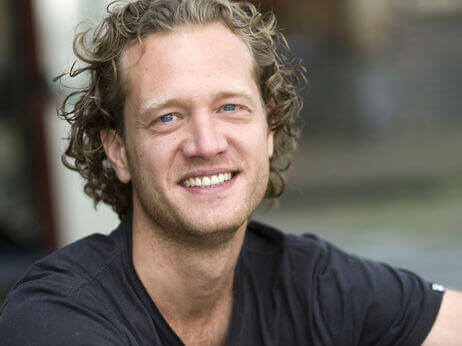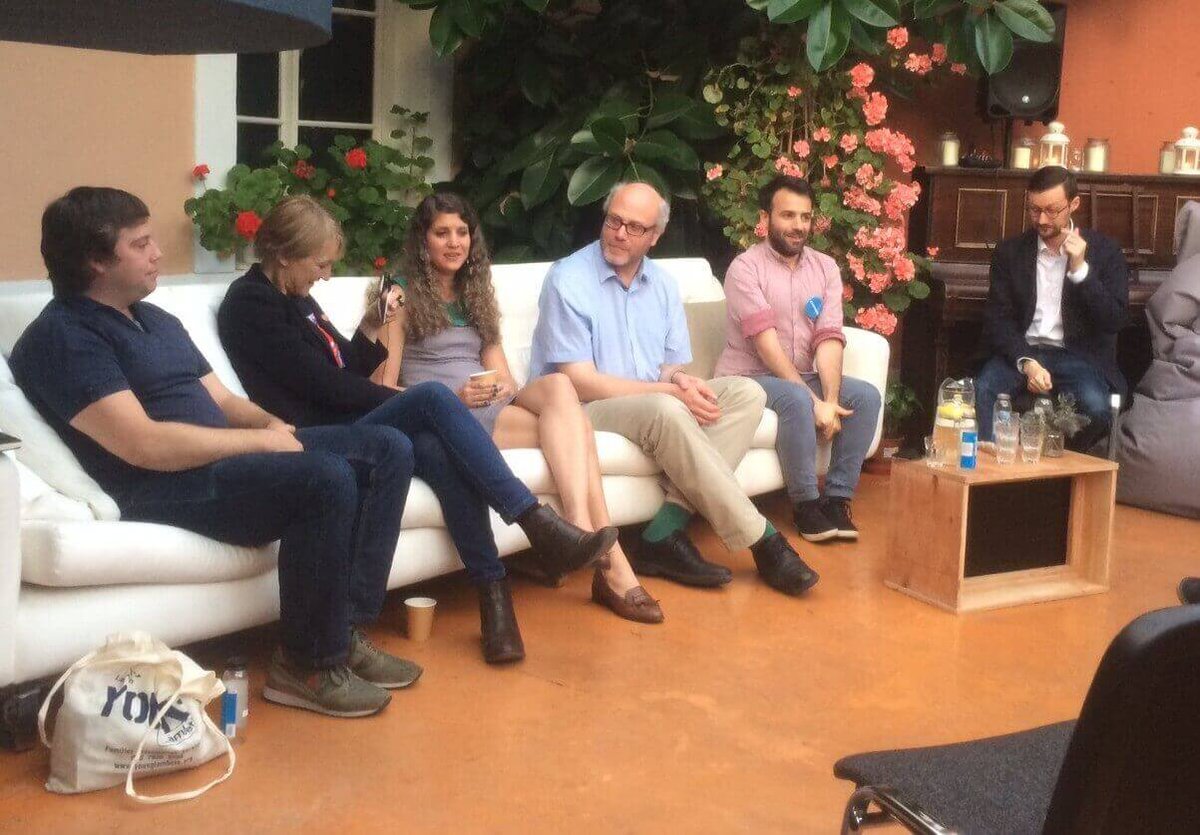Looking beyond the world of 3D printing, ALL3DP attends a forum about Fairphone and the power of open source design and manufacturing.
The Fairphone is an entirely different proposition. 3D printing is only a small part of the bigger story about the phone itself, and the challenge it represents to traditional modes of manufacturing and distribution.
They company is about to launch their second iteration, the Fairphone 2. At first glance you wouldn’t say there was anything remarkable about it – it looks like most other smartphones, really. What’s so different and revolutionary is under the surface, and the thinking behind it.
For starters, you can actually tinker with the internal components. With most other phones the constituent parts are usually all but impossible to get at, but with Fairphone 2 they’ve made it as easy as possible.
Moreover, the Fairphone is a mobile device where conflict minerals (typically gold, tin, tantalum and tungsten) are kept to a minimum, and the company is pushing for better labor conditions along the manfacturing supply chain.
Fairphone Partnership with 3D Hubs
As is common with a lot of smartphones nowadays, the measurements of the first Fairphone were made available so people can 3D print their own cases – big deal. Well here’s the thing: in July 2014 the team at Fairphone set up an innovative collaboration with 3D Hubs.
The project meant that Fairphone owners who didn’t have access to a printer could use 3D Hubs to source a local 3D printing service in their area, and have the phone case printed to order.
Conversely, by creating a sharing network within the 3D printing community, 3D Hubs enabled the owners of 3D printers to make a little bit of extra cash by printing things for people who don’t have a printer. Everybody wins.
The first Fairphone made big strides in awakening people not just to the idea of social enterprise and ethical technology, which is cool enough on its own, but also to people who wouldn’t even think of dabbling in 3D printing. The principle of local manufacturing and made-to-order cuts back on things like shipping from overseas, and large stocks of unsold inventory gathering dust in a warehouse.
For the Fairphone 2, 3D printing a case is no longer an option because their protective case is integrated into the phone itself. However, the company is still in a productive partnership with 3D Hubs to develop other types of phone accessories.
https://vimeo.com/100095795
The Phenomena of Progressive Shit
In his TEDxAmsterdam talk he explains:
“If you make something yourself, and something as complex as a phone, we can actually open up the systems and understand what’s behind it, and if you understand things you can change things, and you can improve things.”
Formerly the creative director of Waag Society, from which Fairphone started, he also launched the community-manufacturing laboratory FabLab Amsterdam, as well as founding the world’s first ever open-source restaurant there: Instructables Restaurant. This is a man on a mission.
The transparency doesn’t stop with making the ‘back end’ open access. The team have meticulously broken down their business model to the extent that there is a cost breakdown for each device.
For the ‘do-it-yourself’ maker community of which 3D printing is an integral part, the concepts of networked, distributed, decentralized, and open source are all pretty popular phenomena. And using the word phenomena — it’s very easy to forget that all of these developments are still relatively new.
These are all central themes of Fairphone 2. On top of that there’s crowdfunding, (the phone has just passed its target of 15,000 preorders 2 days before the deadline) and genuine positive social impact. There’s about as much progressive shit in this phone as you could possibly squeeze in, and then there’s that collaboration with 3D Hubs for good measure.
In short, everything about this phone has been rethought apart from the bits that not only everybody loves, but that are also perfectly harmless to the wider society: price, quality, and design. Ok €525 isn’t cheap, but it’s definitely competitive.
Doing good business as a social entrepreneur
Change won’t happen overnight, however. The aim as a social enterprise that uses commercial strategies to create social impact. The Fairphone is still far from “fair”, it’s only a starting point. There are literally thousands of social and ecological standards that can be improved in the production of smartphones, and they have defined interventions to gradually address some of them.
For starters, an open-source phone using ethically-mined minerals and metals; factories with fair working conditions,; a decentralised team; modular hardware that’s easy to open up and repair with spare parts readily available; long life quality parts; and a transparent business model.
ALL3DP caught up with some of the team at their pop up for the London Design Festival, and attended the panel discussion they hosted. They could have chosen any of the impressive technical elements they wanted, but their clear focus was front and centre: ‘Doing good business as a social entrepreneur.’
If this is just another money making enterprise they couldn’t be going further out of their way to make a quick return for their shareholders. Indeed, the panel is moderated by one of their investors, Paul Miller, from Bethnal Green Ventures who focus on investing in tech for good, and invested in Fairphone since the idea first came about in 2012.
The rest of the panel were equally dedicated to business with social purpose and value, and hence doing things very differently. Chris Verbick, MD of Cinter Design, commented on the parallels between business with positive social impact, open source, and 3D printing. He said:
“There’s a real groundswell effect with things like this and 3D printing. Companies are being started as a result of the social element of 3D printing. It’s very similar to the days of the Homebrew Computer Club, where two of the guys went on to create the biggest company in the world.”
He’s referring, of course, to Apple. Hopefully Fairphone and/or one of their progressive peers will enjoy a similarly prosperous journey in this second-generation decentralised-brew tech club – we’re gonna need to work on a better name for that though.
Main image source: Engadget
License: The text of "The Power of Fairphone and Locally Distributed Manufacturing" by All3DP is licensed under a Creative Commons Attribution 4.0 International License.


